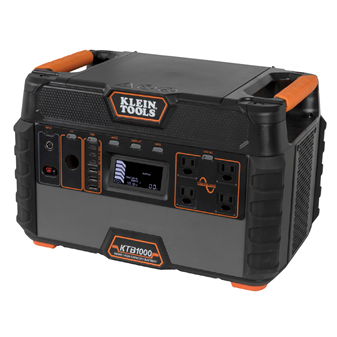Morning all. I noticed all you folks who are very knowledgeable and heavy users are mostly from hurricane prone areas. That's a "duh" statement, I know, however I was just making an observation. You look at things differently than someone from the Upper Midwest, such as myself. We get everything else but hurricanes, thank God, and I can't imagine dealing with those.
Some of the nomenclature I had to look up. Example; mini-split, I never heard of one. Nonetheless, this is how one learns.
It's also apparent to me that some (most?) of you know more about household electricity than I do, at least at/in the CB panel. Wiring, outlets, switches, I'm fine with.
Personally, a set up like
@MyUsernameTX has is what I had in mind. Even the generator is the approximate size and brand I was thinking of. My biggest concerns are water (we have a well) and some power to, at least, run the pellet stove in the cold months, fridge, and freezers. Oh, and the sump pumps if they need it. I do have battery backups on those although sometimes they don't run for years. Running the furnace/AC would be nice except if I add those in there's only a couple more things and I'm back at a whole-house set up again. See how this becomes a rabbit hole for me? I overthink it and then forget the whole thing.
A couple of question/comments...
I thought Champion was a good brand of generator? OK, it seems that Honda is the cat's ***, still where does Champion rank? Which brand is No. 2?
Is 7 kw too big or big enough for my needs?
I'd like it to be duel fuel, gasoline and LP (NG isn't an option here). I even have an out building I can store the gas cans in. The gas can be rotated in our trucks.
@MyUsernameTX what do you mean by
"I added a switch to go from bonded to floating" and why did you do this?
That inlet is very nice and I like the fact that it's covered. Does that then hook up to your circuit breaker panel or just inside outlets?
This can go on forever. Like I said, I get somewhat overwhelmed and them think, "
in the last 18+ years, how many times would you have used this?". BTW, the answer is none. If the oh mighty dollar weren't a factor, I'd go for it in a heartbeat. We are fairly well prepared here and this is the weak spot. Maybe a smaller generator and just plug what I need into it? Is it too early to start drinking?





